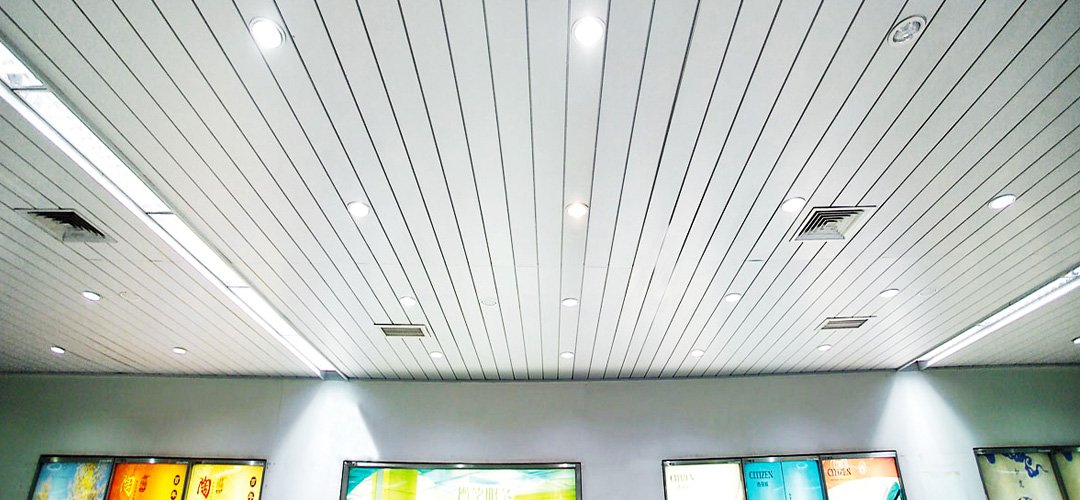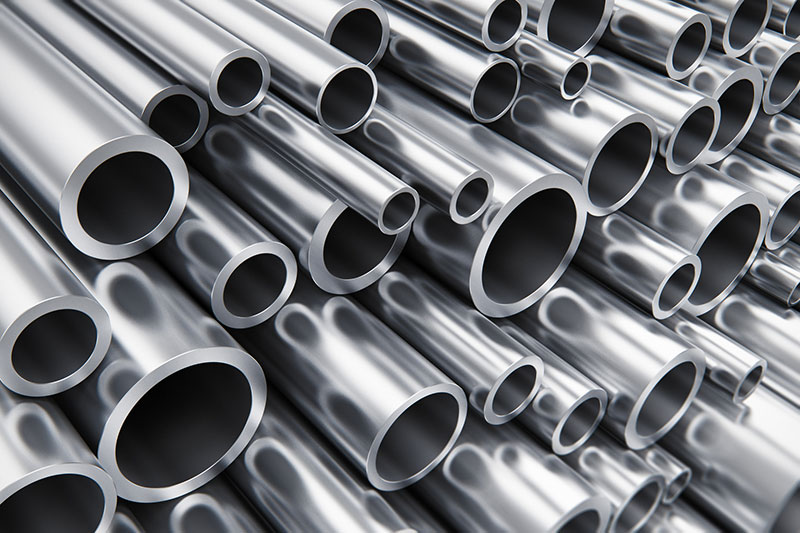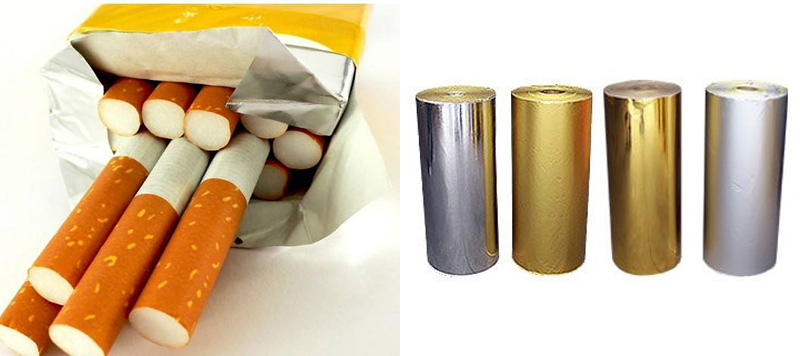Top 10 Properties of Aluminium and Its Applications

Top 10 Properties of Aluminium and Its Applications
Due to its abundant reserves and excellent properties, aluminum is widely used in industry and our daily life. In this article, we will take a close look at the top 10 properties of aluminum and its applications.

Properties of Aluminium and Its Applications
Top 10 Properties of Aluminium - 1. Low Density
The density of aluminum is 2.7g / cm³, which is only one-third of the density of iron and copper. And aluminum has good ductility, with two-thirds of the electrical conductivity of copper wire, but the quality is only one-third of copper, and the price is cheaper than copper. Therefore, aluminum is widely used in the manufacture of high-voltage wires, cables, and the radio industry.
The density of pure aluminum is relatively low, but the density and hardness of aluminum alloy have been greatly improved. At present, aluminum alloy has been widely used in aircraft, automobile, train, ship, and other manufacturing industries. In addition, space rockets, space shuttles, and satellites also use a large amount of aluminum and aluminum alloys.
Top 10 Properties of Aluminium - 2. Thermal Conductor
Aluminum is a good conductor of heat (the thermal conductivity is three times greater than iron). Industrially, aluminum can be used to make various heat exchangers, heat sinks, cooking utensils, and so on.
Top 10 Properties of Aluminium - 3. Ductility

Properties of Aluminium and Its Applications
Aluminum has good ductility (second only to gold and silver), and it can be made into aluminum foil thinner than 0.01 mm at 100 ℃ ~ 150 ℃. These aluminum foils are widely used for packaging cigarettes, candies, etc.
Top 10 Properties of Aluminium - 4. High Corrosion Resistance
In the air, aluminum will form a dense oxide protective film on the surface to make it resistant to corrosion, so it is often used to make medical devices, chemical reactors, refrigeration equipment, petroleum refining equipment, oil and gas pipelines, etc.
Top 10 Properties of Aluminium - 5. Catalyst
Thermite is often used for smelting refractory metals and welding rails. Aluminum is also used as a deoxidizer in steelmaking. Aluminum powder, graphite, titanium dioxide (or other high melting point metal oxides) are uniformly mixed at a certain ratio, coated on the metal, and calcined at high temperatures to make high-temperature resistant cermets, which have important applications in rocket and missile technology.
Top 10 Properties of Aluminium - 6. Combustion
The combustion of aluminum in oxygen can release a lot of heat and dazzling light. It is often used to make explosive mixtures, such as ammonium-aluminum explosives (mixed with aluminum powder, ammonium nitrate, charcoal powder, smoke black, and other combustible organic substances). Combustion mixture (For example, bombs and artillery shells made of aluminizing agents can be used to attack difficult-to-fire targets or tanks, artillery, etc.) and lighting mixtures (such as 28% aluminum powder, 68% barium nitrate, and 4% shellac).
Top 10 Properties of Aluminium - 7. Decorative
Aluminum powder has a silvery-white luster (generally, the color of the metal in powder is mostly black). It is commonly used as a coating, commonly known as silver powder and silver paint to protect iron products from corrosion.
Top 10 Properties of Aluminium - 8. Low-Temperature Resistance
At low temperatures, the strength of aluminum increases without becoming brittle, so it is ideal for low-temperature device materials, such as refrigerators, freezers, Antarctic snow vehicles, and hydrogen oxide production devices.
Top 10 Properties of Aluminium - 9. Reflective
The aluminum plate also has good light reflection performance. It reflects ultraviolet light more strongly than silver. The purer the aluminum, the better its reflection ability. Therefore, it is often used to make high-quality mirrors, such as solar stove mirrors.
Top 10 Properties of Aluminium - 10. Sound-Absorbing Effect

Properties of Aluminium and Its Applications
Aluminum has good sound absorption performance, so broadcast rooms, modern large building interior ceilings, etc. also use aluminum. In many homes, aluminum windows and doors are used for this purpose.
Conclusion
Thank you for reading our article and we hope you've enjoyed it. If you want to know more about the properties of aluminum or the applications of aluminum, you can visit Advanced Refractory Metals for more information. We provide our customers with high-quality aluminum products at a very competitive price.
{{item.content}}
LEVE A REPLY
{{item.children[0].content}}
{{item.content}}






